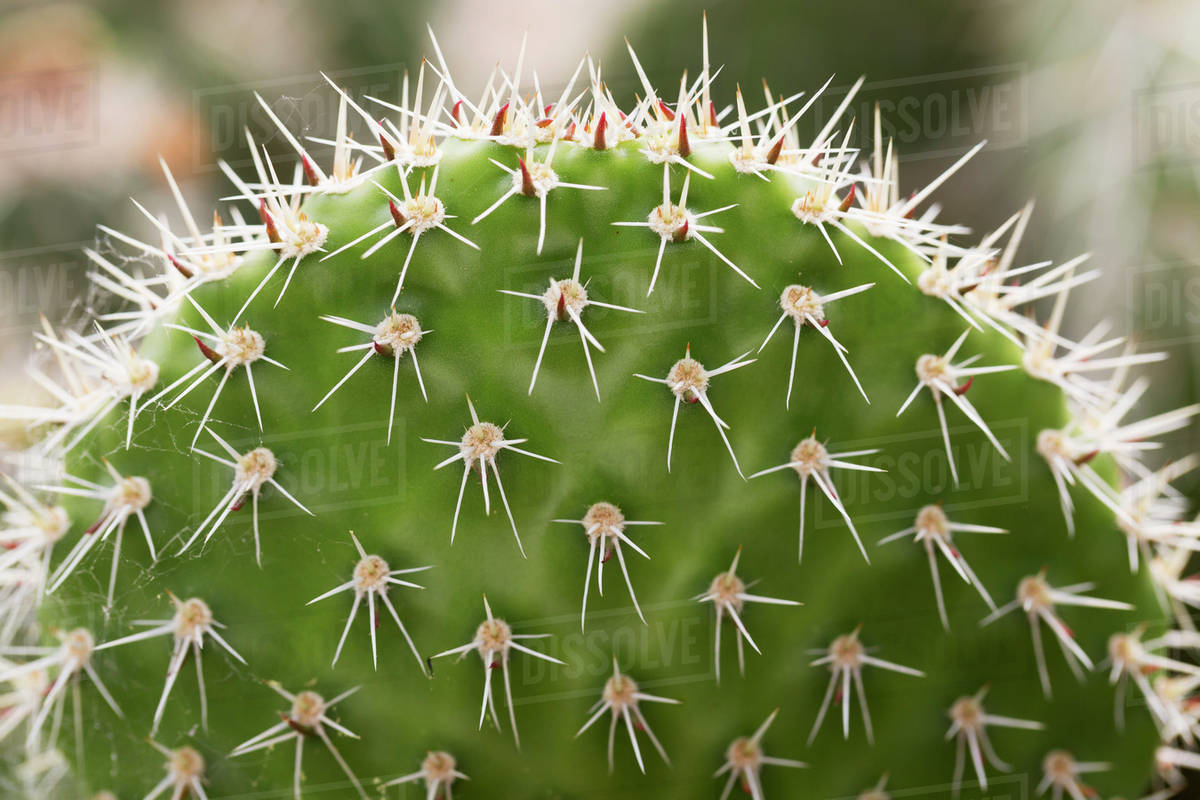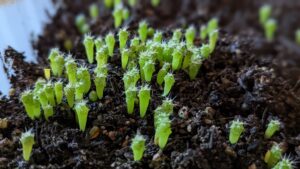Spines on a cactus are one of the most distinctive characteristics of these remarkable plants. While often associated with arid environments and harsh conditions, the presence of spines serves various crucial functions that contribute to the cactus’s survival and adaptation. This article delves into the significance and types of cactus spines, illuminating their multifaceted roles in the ecology of desert landscapes.
Understanding the Purpose of Cactus Spines
Cactus spines, which are modified leaves, primarily serve three key purposes: protection, water conservation, and shade provision. Each function plays an integral role in a cactus’s ability to thrive in environments where water is scarce and temperatures can be extreme.
Protection Against Herbivory
One of the primary roles of cactus spines is to deter herbivores. The sharp, often barbed nature of these spines makes it difficult for animals to consume the flesh of the cactus. Many herbivores, such as rodents, deer, and even livestock, may find these defenses unpalatable or painful. This protective strategy allows cacti to maintain their bodily moisture and nutrient stores, enhancing their resilience in nutrient-poor soils.
Water Conservation Through Microclimates
In addition to deterring foragers, spines contribute significantly to water conservation. The spines create a microenvironment around the surface of the cactus, reducing air movement and creating a humid microclimate that minimizes evaporation. This phenomenon enables the cactus to retain precious moisture, critical for survival in arid habitats where rainfall is infrequent.
Shade Provision in Extreme Heat
Moreover, spines generate shade for the cactus’s surface during the sweltering daytime heat. By casting shadows, spines protect the plant from excessive solar radiation, thereby protecting its tissues from damage. This adaptation is especially significant given the intense sunlight that characterizes many desert environments.
The Lifecycle of Cactus Spines
Cactus spines are not permanent fixtures; instead, they undergo a lifecycle that can include growth, loss, and regrowth. Understanding this lifecycle enhances our knowledge of the resilience and adaptability of these plants.
Growth and Formation of Spines
Spine development begins early in a cactus’s life. They emerge from specialized structures called areoles, which are small, cushion-like nubs found on the surface of the plant. As the cactus matures, these spines can vary considerably in size, shape, and color, reflecting genetic diversity within cacti and adaptations to specific environmental conditions.
Spine Shedding
As conditions change or as part of the plant’s natural growth cycle, cacti can shed spines. This shedding process may occur due to physical wear, environmental stresses, or even reproductive phases where a cactus diversifies energy towards flowering rather than maintaining spine integrity. Shedding spines can also reduce weight and energy consumption in the plant, facilitating resource allocation towards growth or reproduction when conditions permit.
The Types of Cactus Spines
Cactus spines are not uniform; rather, they present a diverse array of types, each serving specific ecological and biological functions. An exploration of spine types can enhance our understanding of the complex strategies that cacti use to survive in challenging environments.
Aromatic Spines: More Than Just Defense
Some cacti possess spines that exude aromatic compounds, which can play a role in deterring herbivores. These scented spines may contain compounds that are unpalatable to animals, further enhancing the protective function of the spines. Interestingly, many succulent species use these features for interactions beyond herbivory, influencing pollinator behavior positively.
Hairy Spines: Adaptations for Moisture Trapping
In certain species, spines are replaced or supplemented by hair-like structures that serve to trap moisture from dew or humidity. These hairy spines create a delicate network, capturing tiny droplets of water that can then trickle down to the cactus, aiding in hydration during arid conditions. This adaptive strategy is particularly advantageous for cacti residing in environments with high humidity fluctuations.
Barbed Spines: Nature’s Deterrents
Barbed spines serve as formidable deterrents against herbivores. The barbs allow the spine to embed more easily in the flesh of would-be consumers, making the act of feeding painful and, in many cases, resulting in the herbivore abandoning its pursuit. This trait is a fascinating example of nature’s ingenuity in weaponry and defense mechanisms.
Conclusion: The Multifaceted Ecosystem of Cactus Spines
In conclusion, the spines of cacti are vital adaptations that encapsulate the intricate relationship between flora and the often harsh desert environment. With roles spanning protection, moisture conservation, and shading, these modified leaves exemplify evolutionary ingenuity. Furthermore, the diverse types of spines reflect a range of survival strategies that enhance the cactus’s ability to inhabit arid regions, culminating in a resilient and diverse ecosystem. Understanding the complexity of cactus spines not only enriches our appreciation of these unique plants but also emphasizes their critical role in sustaining biodiversity in desert landscapes.





Leave a Comment